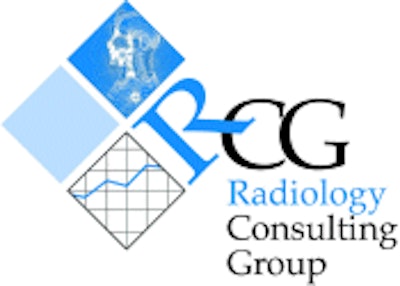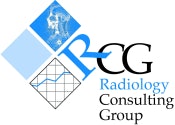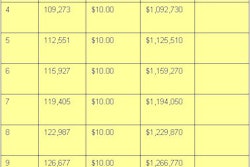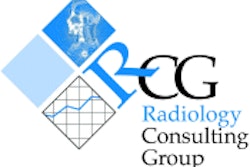
The following is the latest in a series of practice management articles contributed by the Radiology Consulting Group in Boston. The monthly series addresses topics and issues of concern to radiology administrators and business managers.
By Pamela HarlemRadiology Consulting Group

"Understanding where your radiology department or practice stands financially at any given moment makes you an effective leader, and gives you credibility when requesting new capital or FTEs in the future," said Peggy Meehan, senior manager for finance in the department of radiology at Massachusetts General Hospital in Boston.
Superior managers can not only recite their progress against variances in budgeted revenue and expenses, but can also provide a thorough analysis of the underlying data. The following provides an overview of what needs to be tracked, as well as why and how problems can be identified and tackled.
Revenue versus volume
The challenge in examining revenue is in accurately interpreting the basis for discrepancies between actual and budgeted revenue figures. For example, although actual exam volume may meet or exceed the budgeted volume, you may discover that revenue is behind budget. Is this cause for alarm? As a rule of thumb, revenue lags behind exam activity due to reimbursement processes. But how long is that lag and what is acceptable? Coding and billing processes should be monitored on a regular basis to ensure that your practice is reimbursed for the work it does.
However, if a lag in billing doesn’t explain why revenue is down relative to exam volume, other causes should be examined. For instance, determine if the exam mix is more heavily weighted to lower-revenue procedures. This information can be critical to budgeting realistically for revenue targets in the future, as well as providing insight into how referring physicians are accessing radiology services.
Expense tracking
Expense tracking offers insight into how well your department or practice is optimizing resources. When tracking expenses, identify line items with the greatest variance and track these particulars on a monthly basis. Salaries and supplies typically comprise a large portion of a radiology budget and are therefore likely targets for monthly review.
Variance in salary expense may be due to unfilled openings (actual less than budgeted) or the hiring of temporary employees (actual equal or greater than budgeted). If your temporary hire expense is significant but you don’t have any openings, it indicates a need to look at budgeted exam volume and actual appointment slots in order to determine whether resources are being optimized.
Familiarity with both exam volume and staffing expense may help you build a case justification for additional nontemporary staffing. On the other hand, if "temporary" hire expense seems "permanent" because of difficulties in hiring employees in a tight job market, then conducting a salary review to ensure that the practice is offering competitive wages may be in order.
Supply expense naturally fluctuates with changes in exam volume. To determine if monthly fluctuations in supply expense are problematic, calculate the unit cost per exam. Further investigation is required if the unit cost changes over time. In addition to the possibility that resources are being wasted or supplies overstocked, you may discover that supplies are being posted to the wrong accounts due to internal or vendor-related errors.
By regularly monitoring exam volume, revenue, and expenses and navigating thoughtfully through the budgetary process, you'll become a savvier manager in the resource allocation process. The next time you propose an expansion of services, new technology, or additional resources, senior management will take note.
By Pamela HarlemAuntMinnie.com contributing writer
January 24, 2002
Harlem is manager of consulting services for RCG.
Related Reading
Creating a strategic patient safety agenda in radiology, December 28, 2001
Educational investment pays off in the radiology workplace, November 9, 2001
How to avoid PACS buyer’s remorse, September 27, 2001
Strategic plan allows smooth transition from film library to image service center, August 29, 2001
Site development is key to marketing radiology on the Web, August 9, 2001
Copyright © 2002 Radiology Consulting Group



















